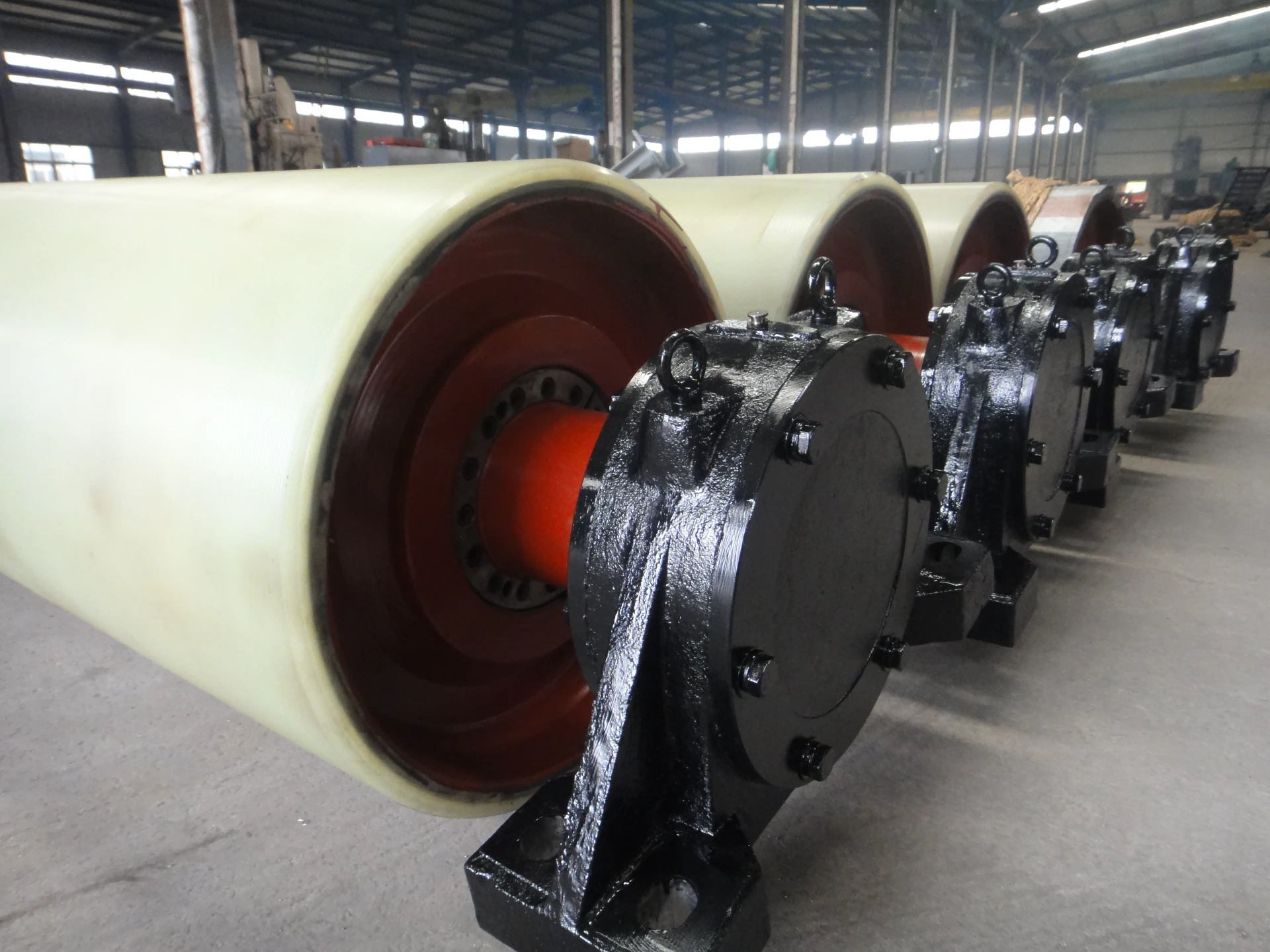 Afrikaans
Afrikaans  Albanian
Albanian  Amharic
Amharic  Arabic
Arabic  Armenian
Armenian  Azerbaijani
Azerbaijani  Basque
Basque  Belarusian
Belarusian  Bengali
Bengali  Bosnian
Bosnian  Bulgarian
Bulgarian  Catalan
Catalan  Cebuano
Cebuano  Corsican
Corsican  Croatian
Croatian  Czech
Czech  Danish
Danish  Dutch
Dutch  English
English  Esperanto
Esperanto  Estonian
Estonian  Finnish
Finnish  French
French  Frisian
Frisian  Galician
Galician  Georgian
Georgian  German
German  Greek
Greek  Gujarati
Gujarati  Haitian Creole
Haitian Creole  hausa
hausa  hawaiian
hawaiian  Hebrew
Hebrew  Hindi
Hindi  Miao
Miao  Hungarian
Hungarian  Icelandic
Icelandic  igbo
igbo  Indonesian
Indonesian  irish
irish  Italian
Italian  Japanese
Japanese  Javanese
Javanese  Kannada
Kannada  kazakh
kazakh  Khmer
Khmer  Rwandese
Rwandese  Korean
Korean  Kurdish
Kurdish  Kyrgyz
Kyrgyz  Lao
Lao  Latin
Latin  Latvian
Latvian  Lithuanian
Lithuanian  Luxembourgish
Luxembourgish  Macedonian
Macedonian  Malgashi
Malgashi  Malay
Malay  Malayalam
Malayalam  Maltese
Maltese  Maori
Maori  Marathi
Marathi  Mongolian
Mongolian  Myanmar
Myanmar  Nepali
Nepali  Norwegian
Norwegian  Norwegian
Norwegian  Occitan
Occitan  Pashto
Pashto  Persian
Persian  Polish
Polish  Portuguese
Portuguese  Punjabi
Punjabi  Romanian
Romanian  Russian
Russian  Samoan
Samoan  Scottish Gaelic
Scottish Gaelic  Serbian
Serbian  Sesotho
Sesotho  Shona
Shona  Sindhi
Sindhi  Sinhala
Sinhala  Slovak
Slovak  Slovenian
Slovenian  Somali
Somali  Spanish
Spanish  Sundanese
Sundanese  Swahili
Swahili  Swedish
Swedish  Tagalog
Tagalog  Tajik
Tajik  Tamil
Tamil  Tatar
Tatar  Telugu
Telugu  Thai
Thai  Turkish
Turkish  Turkmen
Turkmen  Ukrainian
Ukrainian  Urdu
Urdu  Uighur
Uighur  Uzbek
Uzbek  Vietnamese
Vietnamese  Welsh
Welsh  Bantu
Bantu  Yiddish
Yiddish  Yoruba
Yoruba  Zulu
Zulu conveyor training idlers
Understanding Conveyor Training Idlers
Conveyor systems are integral components in various industries, including manufacturing, mining, and logistics. These systems are tasked with the efficient transport of materials, and their performance is heavily reliant on many factors, including conveyor training idlers. In this article, we delve into the role of training idlers in conveyor systems, their advantages, and the best practices for maintenance and operation.
What are Conveyor Training Idlers?
Conveyor training idlers are specialized rollers installed along the conveyor belt's path to ensure the belt runs in a straight line and maintains proper tension. They are designed to guide the belt back to its intended path, minimizing misalignment and reducing the risk of damage. Misaligned belts can lead to material spillage, increased wear on the belt and idlers, and ultimately, costly downtime.
These idlers can be made from various materials, including steel and polyurethane, and are designed to withstand harsh operating conditions. They can be found in different configurations, including flat, crowned, or V-shaped designs, each serving its own purpose in guiding the conveyor belt.
The Importance of Conveyor Training Idlers
1. Improved Efficiency By ensuring that the conveyor belt runs smoothly and in alignment, training idlers contribute to the overall efficiency of the conveyor system. A properly aligned belt reduces friction and wear, allowing for smoother operation and lower energy consumption.
2. Reduced Wear and Tear Misalignment can cause uneven wear on the conveyor belt, leading to premature replacement. Training idlers help mitigate this issue, extending the life of the belt and minimizing maintenance costs.
3. Enhanced Safety A misaligned belt can pose safety risks, including potential spillage of materials, which can create hazardous working conditions. Training idlers help keep the belt in line, reducing the likelihood of accidents and injuries.
conveyor training idlers

Best Practices for Maintaining Conveyor Training Idlers
To ensure optimal performance from conveyor training idlers, it is essential to follow best practices for maintenance and operation
1. Regular Inspections Conduct routine inspections of training idlers to check for signs of wear, misalignment, or physical damage. Regularly scheduled maintenance can help identify potential issues before they escalate, ensuring the longevity of the equipment.
2. Proper Alignment During the initial installation and throughout the operational lifecycle, ensure that the training idlers are properly aligned. Misalignment can lead to premature wear and increased operational costs.
3. Lubrication Depending on the design, certain training idlers require lubrication. Follow the manufacturer's recommendations regarding the type and frequency of lubrication to prevent friction and ensure smooth operation.
4. Materials and Load Considerations Be mindful of the types of materials being transported and the loads applied to the conveyor. Overloading the conveyor system can lead to increased stress on the idlers and may require adjustments or upgrades to handle the additional weight.
5. Training and Awareness Ensure that all personnel involved in the operation and maintenance of conveyor systems are trained and aware of the importance of training idlers. A well-informed team is better positioned to identify issues and maintain the system effectively.
Conclusion
Conveyor training idlers play a crucial role in the efficient operation of conveyor systems across various industries. By ensuring the belt runs smoothly and effectively, these components contribute to improved efficiency, reduced wear, enhanced safety, and cost savings. Adopting best practices for maintenance and operation can significantly extend their lifespan and optimize the performance of conveyor systems. As industries continue to evolve, the importance of effective conveyor management, including the role of training idlers, will remain paramount in enhancing productivity and safety in material handling.
-
Trusted Conveyor Solutions from Leading Conveyor Idler Roller ManufacturersNewsJun.27,2025
-
Reliable Return Idler Solutions for Efficient Belt Conveyor SystemsNewsJun.27,2025
-
Precision Conveyor Accessories for Streamlined Material HandlingNewsJun.27,2025
-
High-Quality Belt Conveyor Idler Solutions for Efficient Material HandlingNewsJun.27,2025
-
High-Performance Belt Conveyor Pulleys for Reliable Material HandlingNewsJun.27,2025
-
Enhancing Material Handling EfficiencyNewsJun.27,2025





























